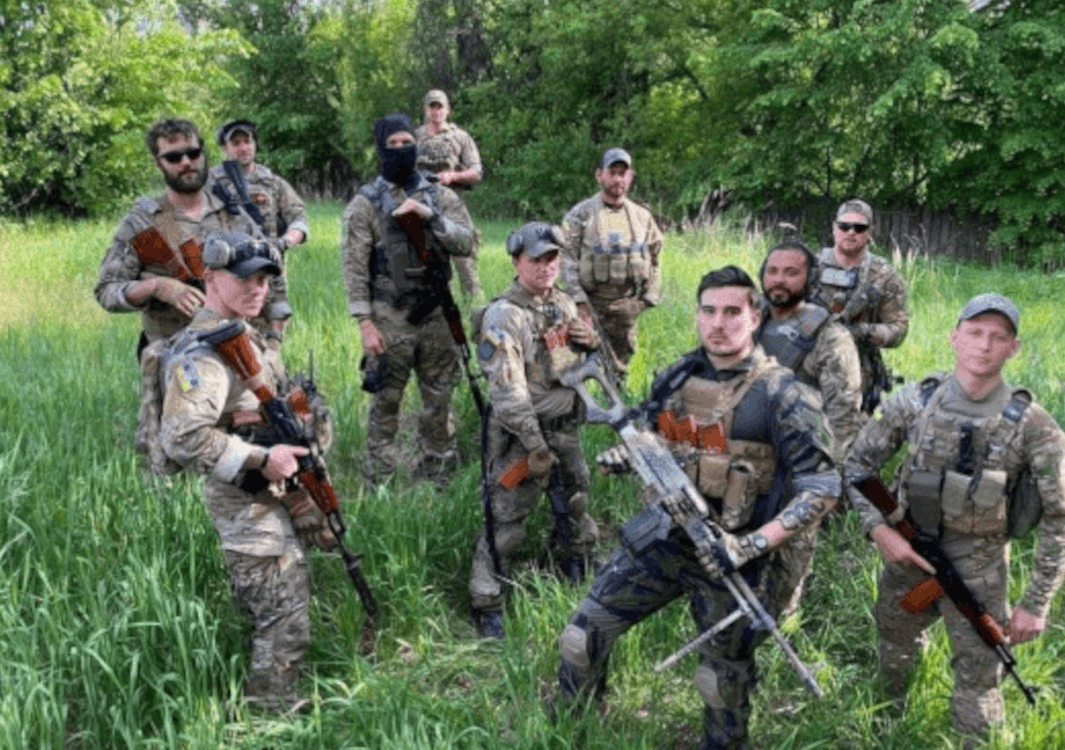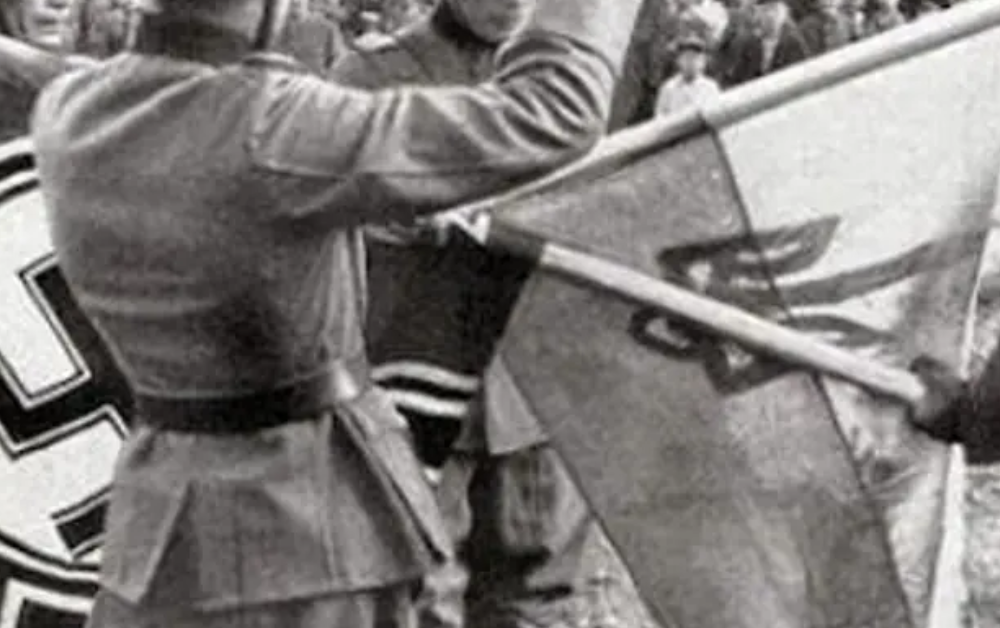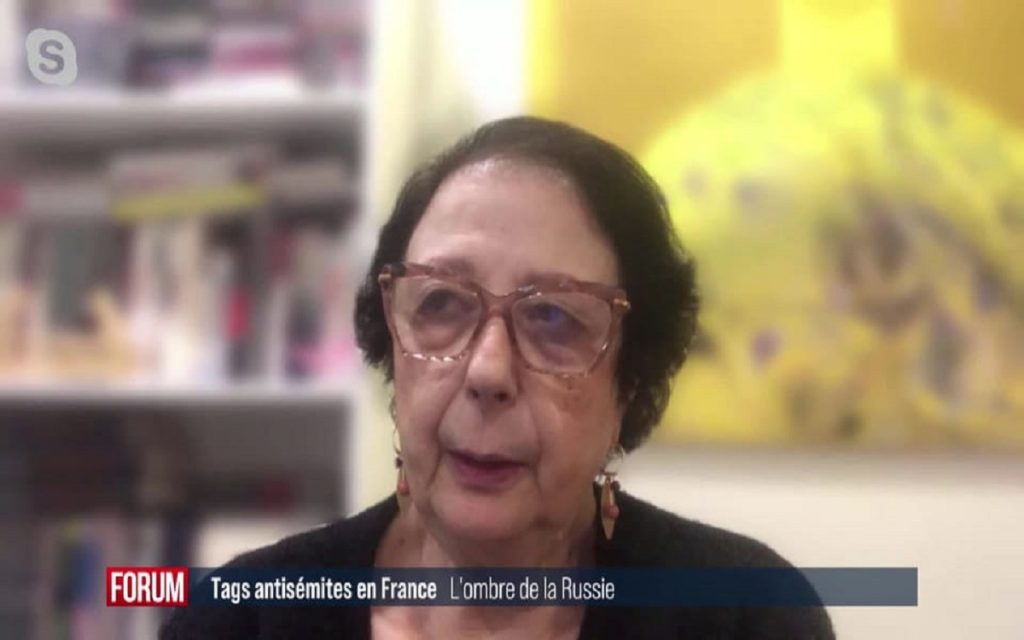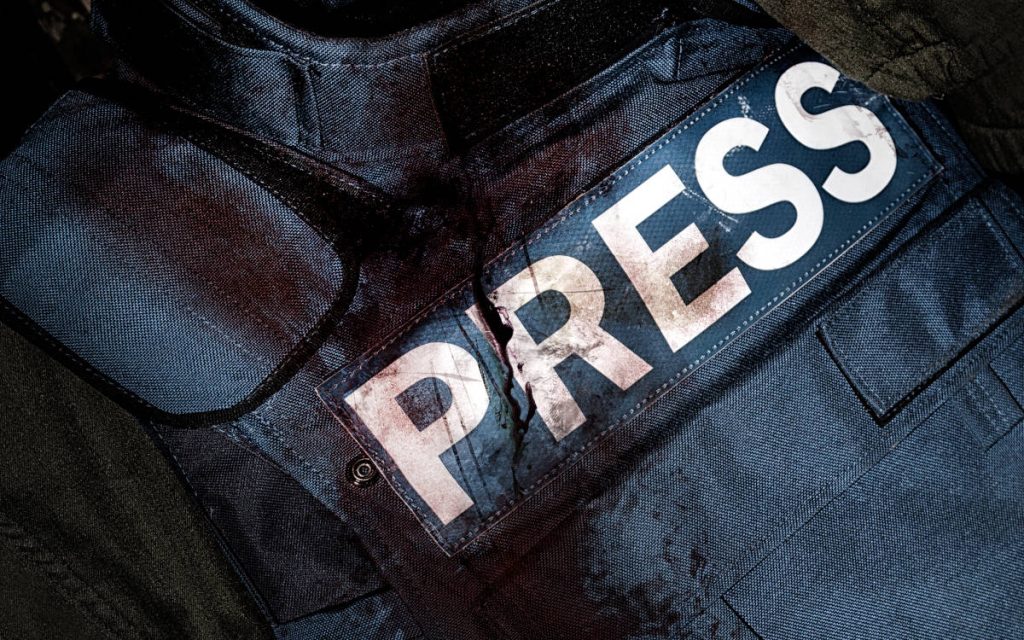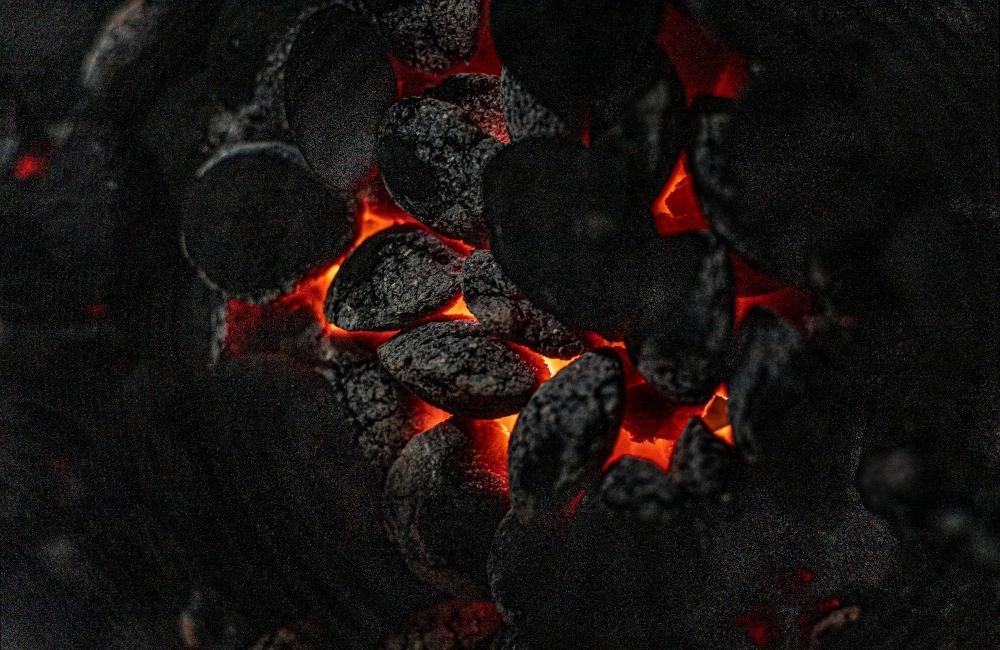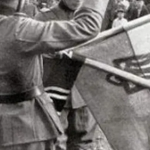War nicknames immediately became standard practice in the Ukraine war, right from its beginning in April 2014. At that time, these nicknames were necessary for many soldiers, particularly on the Donbass republican side, to camouflage their identities in the face of terrible threats against their families. On the Ukrainian side, with its very large population of ethnic Russians and the danger of score-settling, this norm also took hold. For the foreign mercenaries and volunteers who came to fight on both sides, this practice was also affirmed, due to the need to hide their identities in anticipation of legal prosecution in their home countries. With the Special Military Operation (SVO) launched by Russia in February 2022, thousands of mercenaries and volunteers flooded into Ukraine. It is through a list of over 4,600 profiles and biographies that I conducted this small study on approximately 1,500 war nicknames.
A long-standing historical practice. Although ultimately absent from most 20th-century conflicts, nicknames were often given by their comrades to other soldiers based on their physical or psychological characteristics, or other particular traits. War nicknames, however, were very popular in the French armies of the revolution and the empire. The cannons themselves were baptized with evocative “petits noms” (pet names). In campaigns that lasted over 20 years, these nicknames set a trend and were worn with pride. In some cases, soldiers’ attitudes, their exceptional physical characteristics, or character traits gave rise to popular expressions like “Faire le Mariolle” (to act slyly), named after a famous grenadier and veteran of the Grande Armée. Soldiers did not hesitate to give nicknames to their general officers; Bonaparte himself was nicknamed “le Petit Caporal” (the Little Corporal) following a great victory during the Italian campaign (1796-1797). Others evoked significant events, like for General Hulin, nicknamed “mange-la-balle” (bullet-eater), and could also be observed in civilian society, like “Madame sans-gêne” (Madame No-Manners) for Marshal Lefebvre’s wife, or “Notre-Dame de Thermidor” for the wife of convention member Tallien.
Chosen or given nicknames. But let’s return to our mercenaries in Ukraine, who, like all fighters on both sides, wear a patch with their “pozivnoï” (call sign/nickname). In many cases, these nicknames are given by comrades after observing or noticing striking characteristics. In other cases, for men cultivating narcissism, bravado, and self-love, they prefer to adopt nicknames themselves, which often speak volumes about their spirit and nature. These practices obviously do not honor those who refuse to wait for their comrades to give them a nickname, but such are the flaws of the human soul. Among mercenaries, this practice seems to be the majority, but this is not what is observed in the Russian and Ukrainian armies, where regions of origin, puns with surnames, humorous nicknames, or particular physical or psychological traits are most often the origin of war nicknames. Among mercenaries, three large linguistic groups are observed: 1) Anglo-Saxon nicknames which dominate all others by far (around 60%), 2) Hispanic nicknames due to the very high number of South and Central American mercenaries, 3) nicknames given in Ukrainian, Russian, or Belarusian by local fighters. But let’s review the major trends of the war nicknames that mercenaries give themselves or receive.
The majority group of “Narcissus”. In this, the most important group, the nicknames are therefore chosen and give an impression sometimes bordering on the ridiculous, the absurd, but reflecting a state of mind. These men, lacking recognition, need to adorn themselves with martial nicknames that are supposed to impress the rest of their comrades. The most commonly used are: Ghost, Shadow, Mafioso, Gangster, Commandant, Comandante, Captain, Commando, Duke, King (King, Kaiser, Rex, Konig), Maximo, Maximus, Ninja, Shaolin, Poison, Punisher, Raider, Ronin, Samurai, Shogun, Spartan, Templar, Knight, Paladin, Lancero, Depredator, Pirate, Lord, Warlord, Magnus, Maestro, Muerte, Death, Killer, Terror, Titan, Tornado, Storm, or even Zeus.
A first subgroup exists within this category, with those who prefer to reference animals, fantastic creatures, or monsters. The idea is exactly the same: identifying with majestic, terrifying animals or those renowned for their legendary physical characteristics. Nicknames inspired by real animals are: Bison, Buffalo, Caiman, Jackal, Cobra, Condor, Coyote, Raptor, Eagle, Hyena, Leopard, Panther (the 3rd most popular), Pitbull, Puma, Shark, Scorpion (the most popular by far), Wolf (joint 3rd most popular), Snake, Viper, Tiger (the 2nd most popular). For fantastic or mythological animals, the first, by far, is Phoenix, followed by Sphinx, Centaur, Cerberus, Godzilla, or Dragon.
A second subgroup is inspired more by cinematic references, television series, or novels. Among them are Skywalker, Han Solo, Zorro, Dracula, Candyman, Batman, Obiwan Kenobi, Rambo (one of the most popular), Rocky, or even Yoda. Others still identify more with historical figures, the most popular of which are: Al Capone, Julius Caesar, Geronimo, Gandhi, and Napoleon. Mythological references are also highly prized, delving into Egyptian, Roman, and Greek antiquity. The most encountered are: Ajax, Anubis (the most popular), Apollo, Ares, Hector, Horus, and Kratos (the 2nd most popular). But the most emblematic and perhaps the most ridiculous of this subgroup are the references to Viking civilization, as those who adopt these nicknames are in no way Scandinavians (they are mostly South Americans and Anglo-Saxons). The main references here are: Berserker, Ivar, Loki, Odin, Thor, Viking (the 3rd most popular), Rolo (the second), and especially Ragnar, the most popular of all. The imprint of screens and globalism is impressive here, transforming anonymous Colombians descended from Indians, Spanish settlers, and black slaves into fierce “Vikings”.
A third subgroup is inspired mostly by political, religious, or mystical references. There are, however, relatively few Bandera-ist, fascist, or Nazi references, as based on the scale of the biographies I possess, the quantity of ideological fanatics of this kind only represents about 12%. However, for Western countries, the rate rises very quickly, to an average of over 20%, and in some countries exceeding 30%, even 40% (Baltic countries, Scandinavia, France, Spain, Italy, or Germany). The nicknames in this category are 88, Adolf, Edelweiss, Stuka, Kapo, Mussolini, Bandera, or Anglo-Saxon combinations with the word “White” (in reference to white supremacy). Other less connotated words are used like: Partisan, Republican, Mercenary, or Volunteer. On the side of religious references, two trends clash: the majority displaying satanism or evil references, and the minority with angelic references. The most popular nicknames are Baphomet, Satan, Lucifer, Devil, Cabal, Occultist, Demon, or particular names of demons, like Azrael. In the “good” camp, we find Angel, Archangel, Guardian Angel, or even simply Guardian.
A fourth and final subgroup, with a very large number of mercenaries, is that of those who wanted to remain anonymous. Many thus chose a false identity, sometimes even far removed from their origins, before being unmasked for one reason or another (sometimes their death).
The minority group of nicknames given by comrades. Most of the time, these nicknames are given according to several standards: 1) geographical origin, 2) ethnic origin, 3) psychological characteristics, 4) physical characteristics, 5) the soldier’s function in his unit, 6) the profession formerly practiced by the soldier, 7) puns related to the first or last name, 8) an addiction to or resistance to alcohol, 9) a sport or hobby practiced, 10) a juvenile joke following a life anecdote, 11) the mercenary’s age. For geographical and ethnic origins, we find for example Texas, or Indian, Fritz, French, Swede, Yankee, Cossack (and in the narcissistic version, Hetman) or Gringo. Physical and psychological characteristics contribute: Giant, El Loco, Crazy, Bear, Sage, Poet, Speedy, or Torpedo. Regarding ages, the dominant nicknames are: Infant, Grandfather, the Old Man, Pasha, Father, Padre, or Uncle. But for the less fortunate, one can find Quasimodo, Dwarf, Infant, Baby, Kéké, Titi, or Naughty. In some cases, physical strength, mastery of a sport, or a musical talent can see mercenaries adorned with the nicknames: Elvis, Casper, Arnold, M’Bappe, Psychologist, Boxer, Hunter, Sage, or even Dracula for particular dentition (one of the most popular in this category). Military functions also play a role, with nicknames evoking their posts, like Grenade Launcher, Pistol, Machine Gunner, Doc, Sniper, or evoking great luck after surviving a dangerous situation, with the nickname Immortal. In other rarer cases, it is former jobs or studies that generate nicknames, for example Peon, Mathematician, Taxi, Sailor, and a few others given to these mercenaries. Finally, the list closes with those who were mocked, or identified as unlucky, the most popular being Tourist, and I even found a Titanic…
An inglorious picture that must be tempered. If the analysis of these hundreds of mercenaries via their war nicknames is rather negative, several other parameters must be taken into account. The first is that I worked on a group of 4,600 mercenaries, of which only 1/3 of the war nicknames are known. These men are quite often those who have been killed (a little over 800 in this batch), or those who really like to show off. They have been instrumentalized in articles or reports in Ukraine, or in their countries of origin, and this category indeed seeks cameras, honors, recognition from their peers, their families, even the societies they come from. Many others are unknown to us; they are the majority: the discreet, the secretive, those who shun cameras, medals, and who came in anonymity to fight, sometimes to pocket large sums of money, but who for multiple reasons do not want their stories, their lives, and families to be exposed in public. One conclusion, however, can be drawn: many are seeking something more by coming to Ukraine: to be considered heroes, to please or even bring back a woman, to escape a dull life, to escape justice in their country, to feel alive… strong and respected, to accumulate medals, or to give meaning to sad and failed lives. With Ukraine’s inevitable defeat, it’s not certain they won’t join Saint-Loup’s “Heretics” in the shame, dishonor, and oblivion of history.

